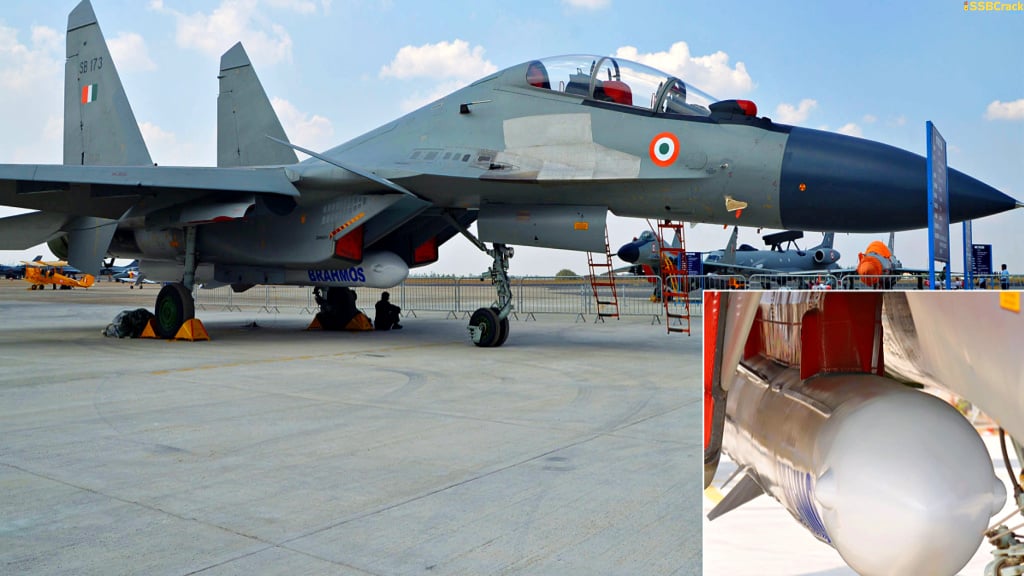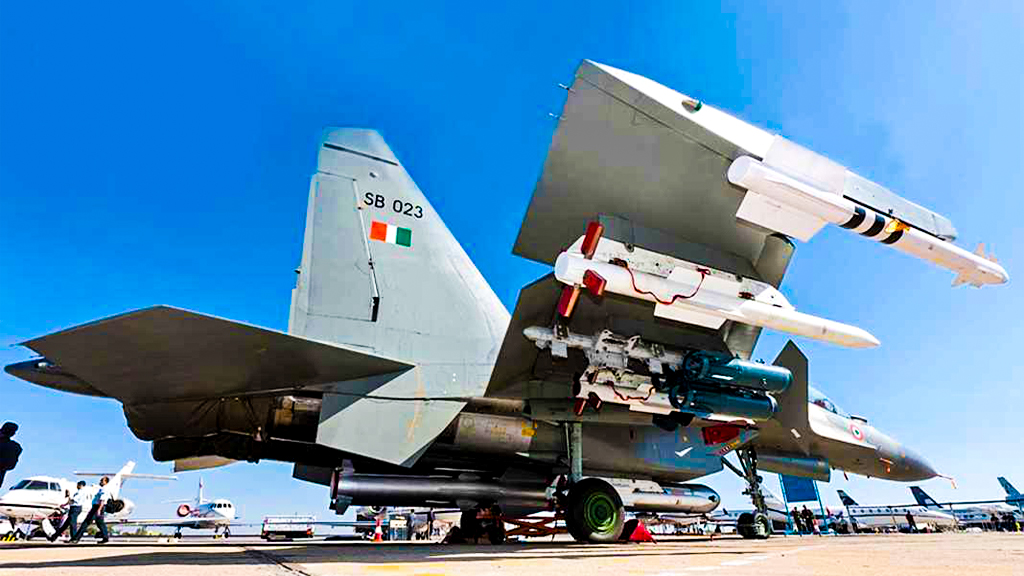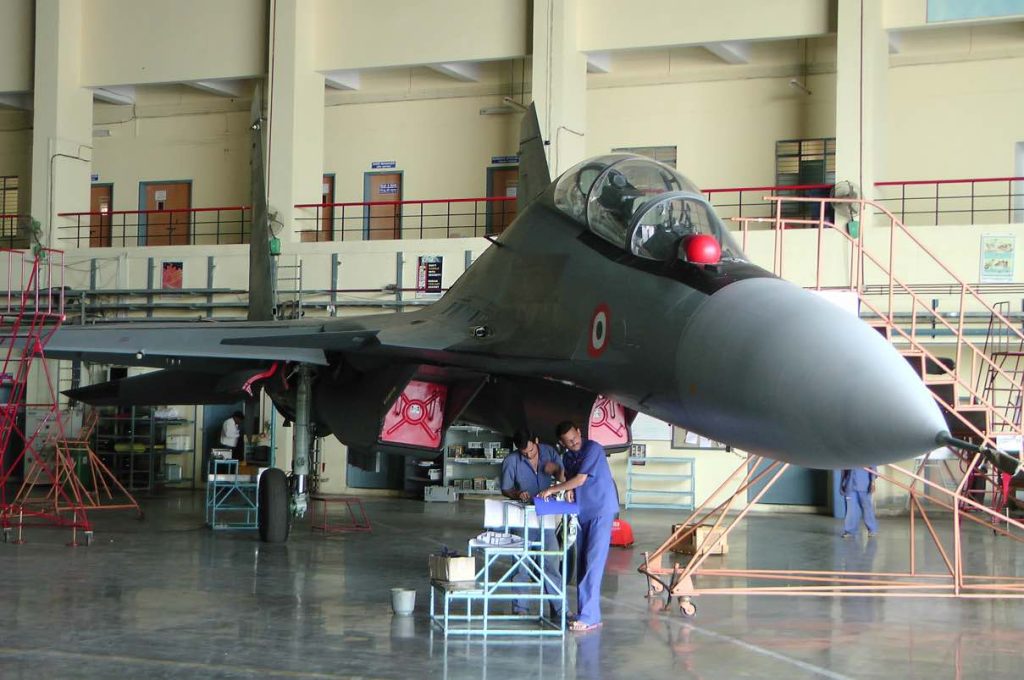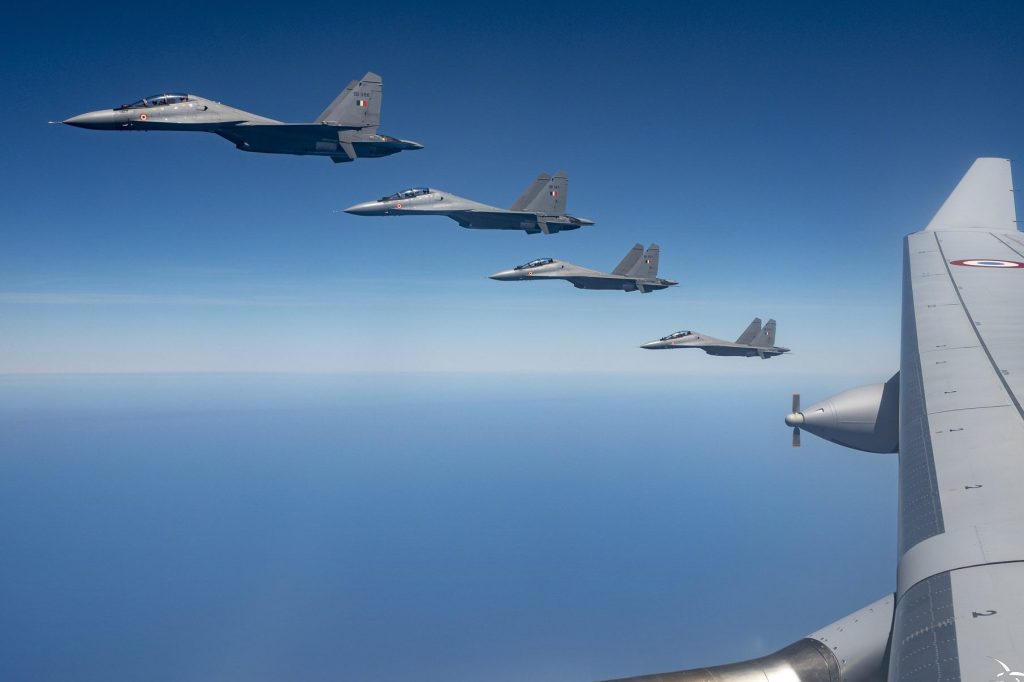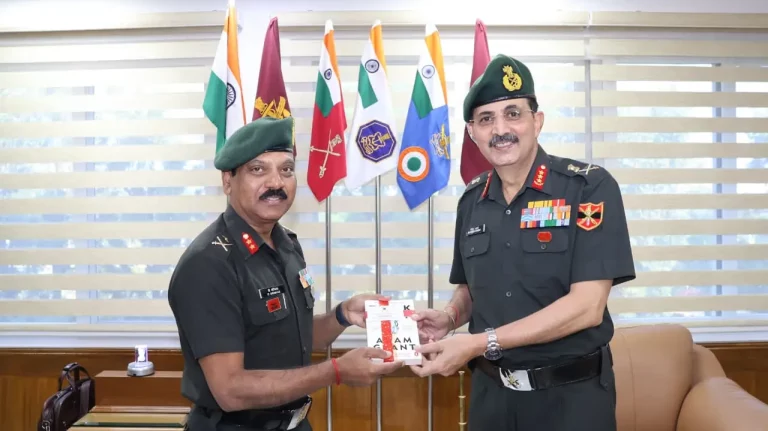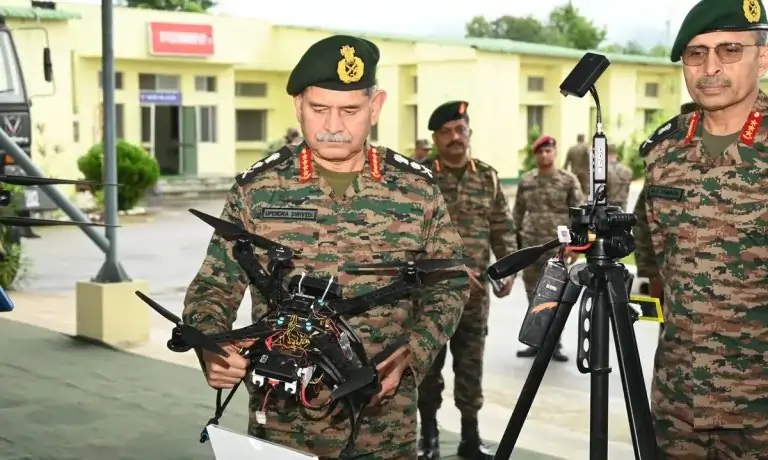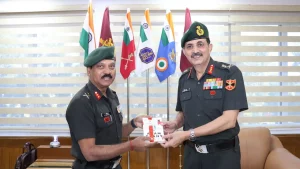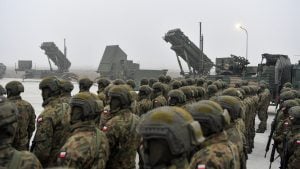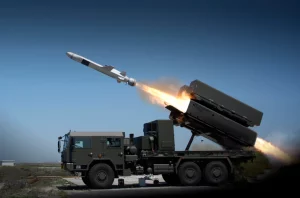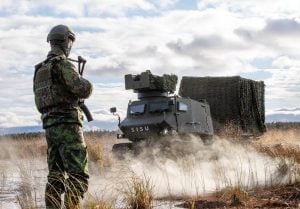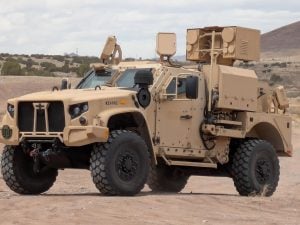IAF Sukhoi-30 MKI Gets New Firepower: The integration of indigenous armaments such as the BrahMos supersonic cruise missile and the Astra air-to-air missiles gives the Sukhoi-30 MKI combat aircraft used by India an advantage over similar jets used by other air forces.
IAF Sukhoi-30 MKI Gets New Firepower
Sukhoi Su-30MKI air fighter jets are the backbone of the Indian Air Force, constituting the majority of the IAF’s combat squad, and they are currently India’s new game changers. Sukhoi Su-30MKI jets are becoming more lethal with the addition of BrahMos and Astra missiles.
Bareilly Air Force Station is one of the oldest, largest, and most strategically important significant air bases, housing the Sukhoi Su-30MKI. The air force station is one of the Indian Air Force’s (IAF) major airbases. This air facility is part of the Central Air Command, which has a regiment of cutting-edge fighters, including Sukhois and helicopter squadrons.
The BrahMos supersonic cruise missile, which can be launched from Indian Su-30 fighter jets, is being developed to strike targets at 700 km and beyond. They can currently hit targets up to 450 kilometres away.
The Astra MK-1 can attack targets up to 100 kilometres away, and versions are being developed to shoot down enemy jets up to 300 kilometres away. Sukhoi Su-30MKIs are becoming more powerful as new armament systems are integrated. This means machines are prepared for any future conflict.
Specifications of Sukhoi-30 MKI
- The BrahMos cruise missile, R-77 and Astra active radar guided air to air missiles, SPICE guided bomb, and K-100 missile designed to strike enemy support aircraft at extreme ranges are only a few of the armaments that the fighter is compatible with. The aircraft’s speed, altitude, manoeuvrability, and endurance greatly surpass those of other Indian jets like the Rafale and Mirage 2000, making it unmatched in terms of flight performance.
- The Su-30 is an exceptionally lethal fighter at all ranges since it was the first in the world to use supermanoeuvrability and cutting-edge thrust vectoring engines, which when combined with its potent sensors, impressive flying performance, and fearsome electronics make it possible. Integration of the AL-41 engines and Irbis-E radar from the more sophisticated Su-35 air superiority fighter has been suggested as a more radical upgrade to the design, which would ensure a continued capability advantage over new fighter classes slated for deployment in neighbouring Pakistan and China.
- These technologies would give the Su-30 a significant increase in terms of flying performance, manoeuvrability, electronic warfare capabilities, and situational awareness, with the Irbis-E being specifically designed to counter stealth aircraft. Additionally, this would enable the fighter to use a variety of cutting-edge weapons, such as the 400km-range R-37M hypersonic air-to-air missile. A new type of 500km-range hypersonic air-to-air missile is also being developed for the Su-30MKI as part of a collaborative Russian-Indian initiative. The Indian fighters wouldn’t be able to utilise the range of this missile without the Irbis-E radar.
The Su-30MKI is expected to be a staple of the Indian fighter fleet for many years, although the Su-57 next-generation aircraft, which is anticipated to be purchased by the mid-to late-2020s, may overtake it as the Air Force’s most proficient combat jet. India has repeatedly expressed strong interest in purchasing the Su-57, either “off the shelf” from Russia or for licence manufacturing in India itself. The Su-57 is another heavyweight design intended to surpass the capabilities of Russian Su-27 and Su-30 jets.
To crack the SSB Interview, You can join our SSB interview live classes batch and we recommend you to Enroll SSB INTERVIEW ONLINE COURSE. Trusted by thousands of defence aspirants.
Also read:
- Why India Needs More Subsonic Cruise Missiles?
- India Moving Towards Conventional Warhead Missile Deterrent
- Top 10 Anti-Aircraft Missile Systems In The World
- All About Israel IRON DOME Air Defence Missile System
- All About S-400 Missile System [Fully Explained]
- Why S-400 Missiles Systems Is A Game Changer For Indian Armed Forces?
- Significance Of Hellfire Missiles For Indian Navy
- Strike With Precision: The Amogha-III Anti-Tank Guided Missile (ATGM)
- Significance Of Two-Tier Interceptor Air Defence Missile For India
- Is Brahmos Missile Enough For India?
- About Agni Prime- Nuclear Capable Missile
- What Is A Missile Propulsion System And How Does It Work?
- Why Is The IAF’s Pechora Missile Called A “Stealth Killer”?

